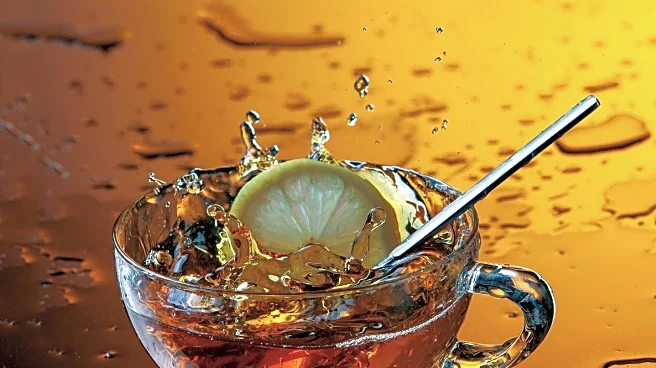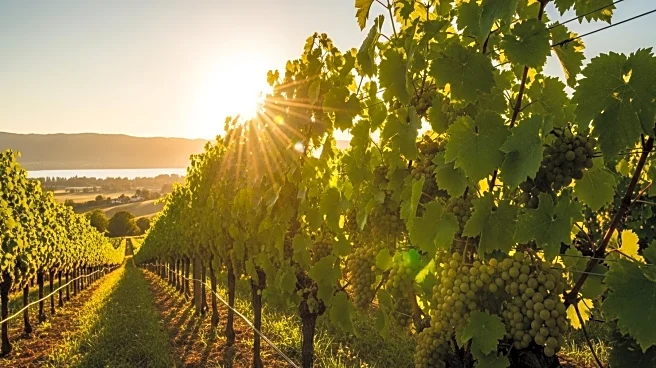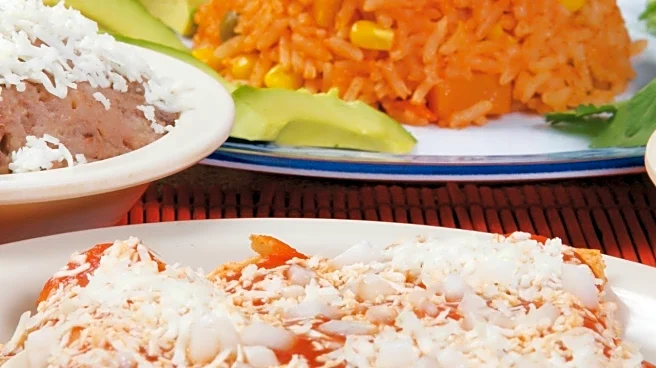What's Happening?
Vermouth, traditionally known as a minor ingredient in cocktails like martinis, is experiencing a resurgence as a standalone beverage in the United States. This trend is part of a broader global movement, with the vermouth market projected to grow from $7.1 billion in 2023 to over $9.6 billion by the end of the decade. The Bacardi Cocktail Trends Report 2025 highlights 'spritz' as one of the top bar orders, indicating a shift towards aperitif culture. In the U.S., establishments like Dom’s Taverna in Santa Barbara and Bar Siesta in Los Angeles are embracing this trend by offering vermouth as a featured drink, often paired with small bites. This shift is partly driven by nostalgia and the desire for fresh, complex flavors, as noted by bar owners who have observed increased customer interest in vermouth-based offerings.
Why It's Important?
The growing popularity of vermouth as a standalone drink reflects changing consumer preferences in the U.S. beverage industry. This trend could influence the types of drinks offered at bars and restaurants, potentially leading to a broader acceptance of aperitif culture in America. For the beverage industry, this shift represents an opportunity to diversify product offerings and tap into a market that values both tradition and innovation. Consumers seeking new and unique drinking experiences may find vermouth appealing due to its complex flavor profile and cultural associations. This trend also highlights a move towards more sophisticated and leisurely drinking habits, which could impact how social gatherings and dining experiences are structured in the future.
What's Next?
As vermouth continues to gain traction, more bars and restaurants in the U.S. may begin to incorporate it into their menus, either as a standalone drink or as part of innovative cocktails. This could lead to increased imports of vermouth from traditional producers in Spain and Italy, as well as the development of domestic vermouth production. The trend may also inspire new marketing strategies aimed at educating consumers about vermouth's versatility and cultural significance. Additionally, the rise of vermouth could encourage the exploration of other aperitifs, further diversifying the American beverage landscape.
Beyond the Headlines
The resurgence of vermouth may also have cultural implications, as it encourages a slower, more social approach to drinking that contrasts with the fast-paced nature of modern life. This could lead to a revival of traditional drinking rituals and a greater appreciation for the craftsmanship involved in vermouth production. Furthermore, the trend may spark interest in the history and heritage of vermouth, fostering a deeper understanding of its role in various cultures around the world.











